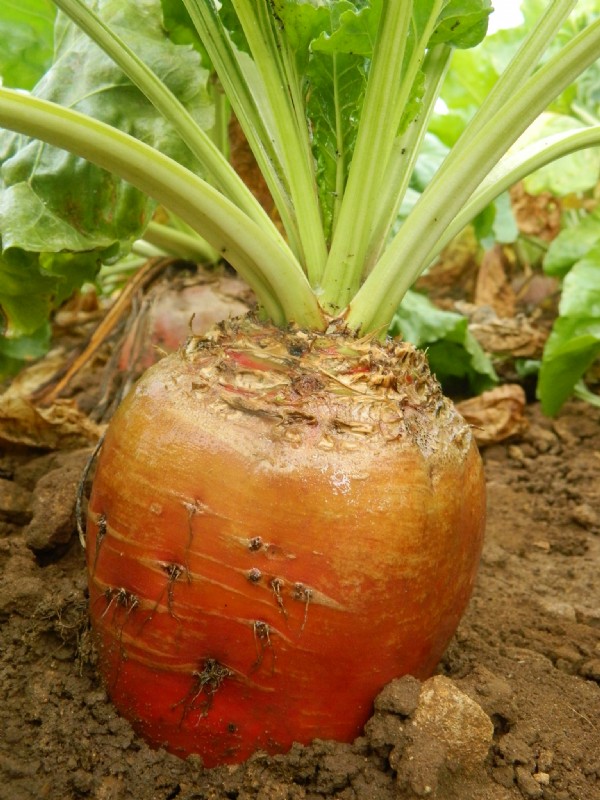

This week has seen a number of questions from customers about fodder beet - a crop that can be described as between a sugar beet and a mangold. This crop was once popular but has fallen out of favour in recent years due to a lack of suitable harvesting machinery.
However, in the southern half of the UK fodder beat is still sown and it regularly outyields swedes and turnips providing an excellent winter feed for sheep and cattle.
Farmers who grow fodder beet use a precision drill to ensure the plants are evenly spaced in rows ready for harvesting. When drilling like this, pelleted seed is required to fit the drill cups. It is also best to use treated seed as the crop, a brassica, is at risk of foot rot. Seed is sold in acre packs with one pack usually containing 50,000 seeds. The seeds are monogerm, that is, producing only one plant per seed.
Organic farmers can buy pelleted seed which is untreated, but need to obtain a derogation as fodder beat seed is not grown organically so conventionally produced seed must be used.
We also use untreated, unpelleted fodder beat seed for two year wild bird seed mixtures. Using the seed in this form allows the seed to be sown in combination with small unpelleted seed of kale and quinoa. In bird food mixes the fodder beet provides an excellent source of seed in the mix's second winter.
As a crop for animal feed fodder beet is planted in the spring from early - mid April and harvested in October/November. The roots must be lifted and stored for use throughout the winter and are often clamped with a straw covering to protect against frost before being fed to livestock.
Date Posted: 22nd February 2012



